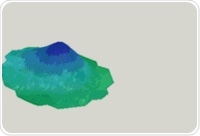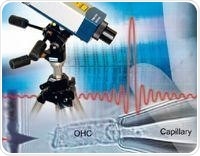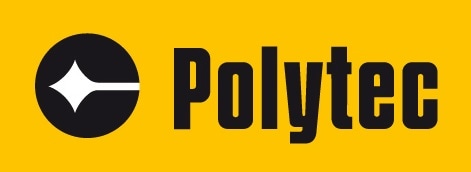Sponsored Content by PolytecMar 29 2017
Laser vibrometry is used for research and diagnostics on the inner and middle ear. Vibrometers have also been used for measuring vibration on artificial heart valves to analyze vibrations during medical laser ablation or bone drilling, investigate the mechanical properties of tendons, and detect the propagation of bone cracks.

In addition, vibrometers can also be used as part of a surveillance system to detect voices remotely or as a non-contact polygraph by determining the vibrations of muscles.
Ear mechanics and otology
The human ear is regarded as a highly advanced vibration and sound amplification system. The vibrational properties of hearing mechanics are exposed by sophisticated laser doppler vibrometers.
These instruments provide an unparalleled resolution exposing novel dimensions to improve our interpretation of hearing mechanics along with an unmatched accuracy and ease of use.
In this context, laser vibrometry is important to individuals who are focused on research and development, design, calibration, quality control, and certification of implants for middle ear.
Laser tympanometry
The tympanic membrane has a vibrational response that provides key insights about factors contributing to hearing loss, sclerotic changes and stapes fixation in the ossicular chain. With laser doppler vibrometry, frequency response is rapidly measured, and excellent data is obtained that can be useful for audiologists.

Basic mechanism of hearing
Today, we have a better understanding about the function of signal processing within the ear, thanks to the intensive molecular, medical, and biomechanical research activities. However, we are yet to get a complete understanding of the hearing mechanisms.

Present-day studies investigate the details of electromechanical signal transduction that takes place within the cochlea of the inner ear. Laser-doppler vibrometers can be used to get a better understanding of inner ear biomechanics, as these instruments are high sensitive sensors and do not affect the specimen in any way.
Biomechanics of bones
Recent finite element (FE) techniques have been employed in biomechanics to study and develop components for medical applications. For instance, to support bone surgery, different methods used for creating practical bone models using computer tomography data are being studied.
For the first time, a Polytec 3D Scanning Vibrometer was employed to discern the modal parameters of a pelvic bone and this revealed spatial vibration modes with a resolution and accuracy that could not be achieved before.
Physiological measurement
In engineering and industrial applications, laser-doppler vibrometers are being extensively used but their application for measuring system-level physiology is relatively new. Despite this fact, a wide range of internal pulses, sounds, and vibrations can be determined by targeting the laser beam at the body.

About PolyTec

For over 40 years Polytec has provided high-technology, laser-based measurement solutions to researchers and engineers. Our commitment is to provide the most precise and reliable optical instruments and sensors available for non-contact measurement, setting Polytec apart from the competition as the gold standard in the design and manufacture of vibrometer and velocimeter systems. Our innovations answer many pressing manufacturing and engineering challenges.
Polytec was founded in 1967 to distribute commercial laser technology to industrial and research markets. Building on the company’s early success, Polytec began to develop and manufacture innovative laser-based test and measurement instruments in the 1970’s. These products have become known around the world as the gold standard in non-contact, laser-based measurement of vibration, speed and length.
Advanced product development remains a core strategic activity at Polytec with new electro-optical systems being designed for applications such as analytical process measurement, noise analysis, and factory automation.
In addition, Polytec continues to develop its key business structure through critical technology acquisitions and focused spin-offs. Some of the most recent highlights include:
In 2005, Polytec PT GmbH Polymere Technologien was founded as a spin-off, with over 30 years of know how in the supply and application of high tech adhesives and silicones in demanding electronic, optical and medical industries.
In 2008, LATAB was acquired and became a member of the Polytec organization. LATAB's early entry into the LED illumination market has produced the broadest and most flexible product mix for technical applications.
Sponsored Content Policy: News-Medical.net publishes articles and related content that may be derived from sources where we have existing commercial relationships, provided such content adds value to the core editorial ethos of News-Medical.Net which is to educate and inform site visitors interested in medical research, science, medical devices and treatments.